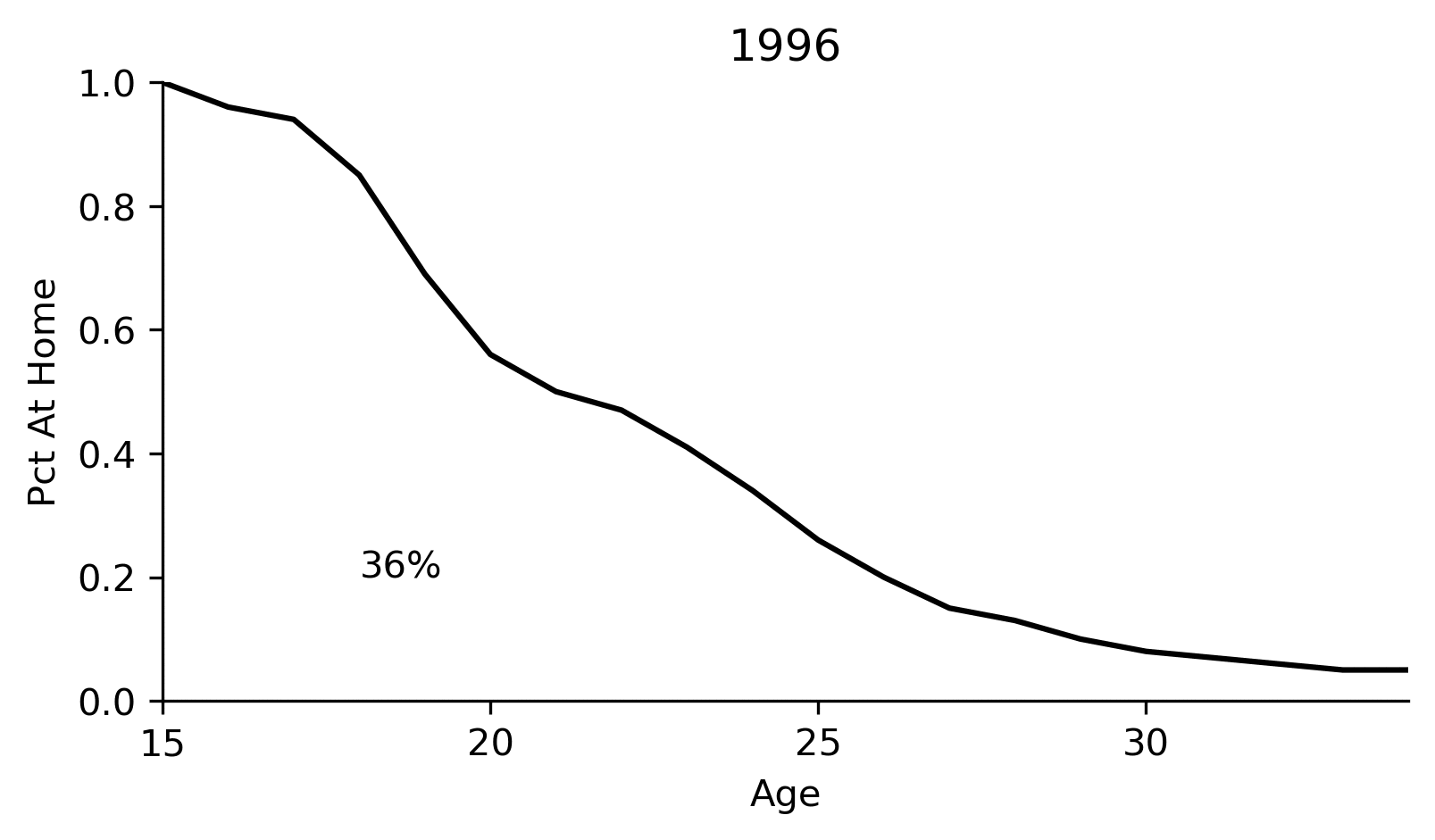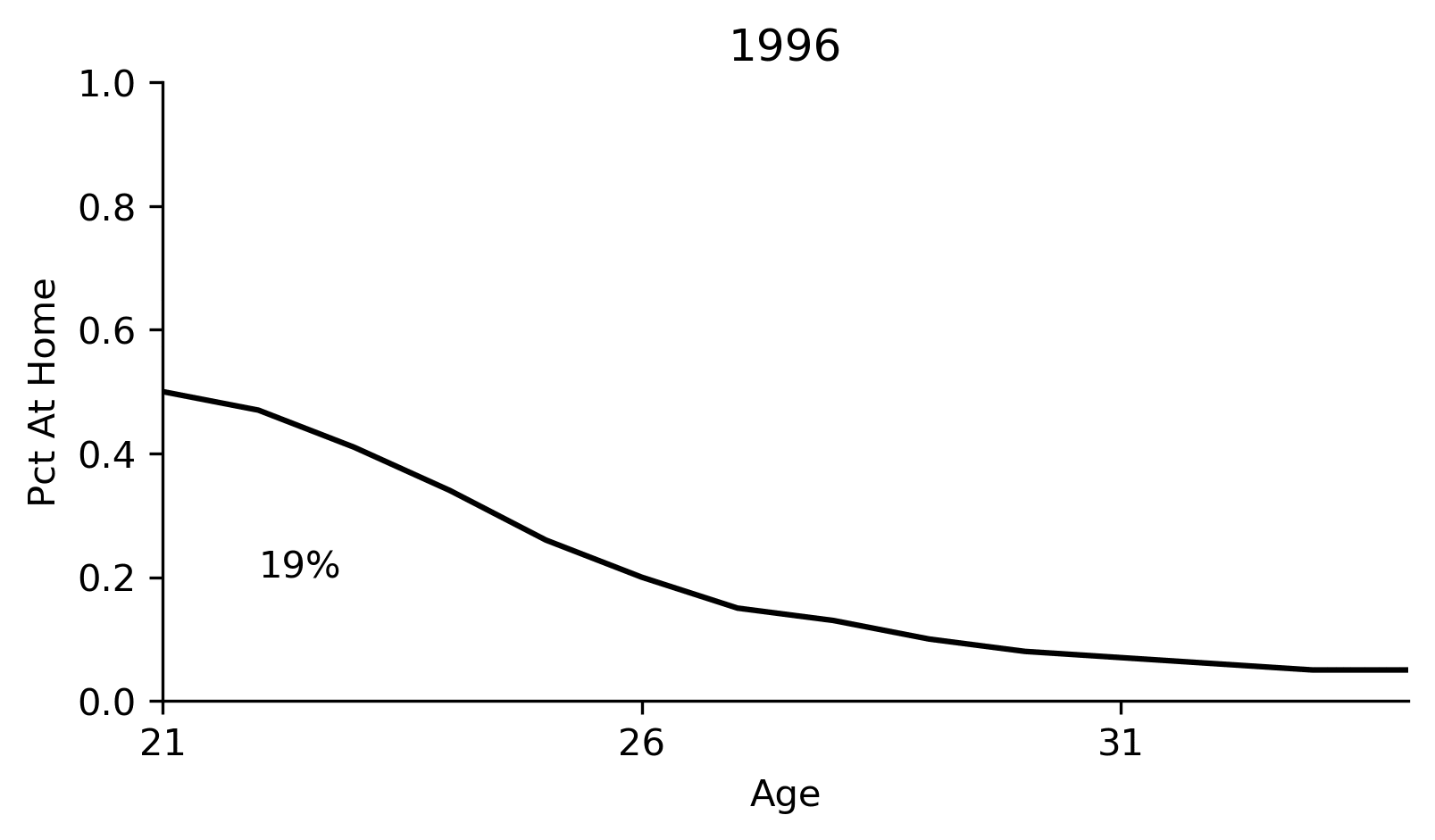I’ve been getting very interested in the concept of the “boomerang generation” and the tension that broader social trend has with ideas around Cottagecore. They’re two very strong forces acting on the middle class… returning to intergenerational houses, folks can afford to live in the city. But, if the young increasingly don’t want to live in cities due to changing tastes and preferences, then we get another wave of suburbanization. Given my own short stint “boomeranging” to the countryside during the COVID-19 lockdown,1 I’ve been very intrigued by the intersection of the “return of the multi-generational” household and (possible) change in the tastes and preferences of young, house-buying people.2
As far as a determinant on social and economic mobility, it’s a big deal. Financially, it really helps, but practically, I think it might deprive young adults of opportunities and experiences that are otherwise critical to building soft skills and networks. I’m throwing myself into this socio-demographic literature to complement some other work I have going on , but it’s still fascinating nonetheless.
Since the ONS provides a solid dataset3, I decided to try my hand at a few simple visualizations. It’s neet stuff!
For the overall boomeranging of young adults, 15-34, we see a slight increase. Especially in the “second hump” centered around the early-to-mid twenties:

That rise from approx. 35% to approx. 40% comes mainly from folks between 20 and 27 returning home. Focusing in, we can see a more pronounced shift in homeward bound populations of young people.
